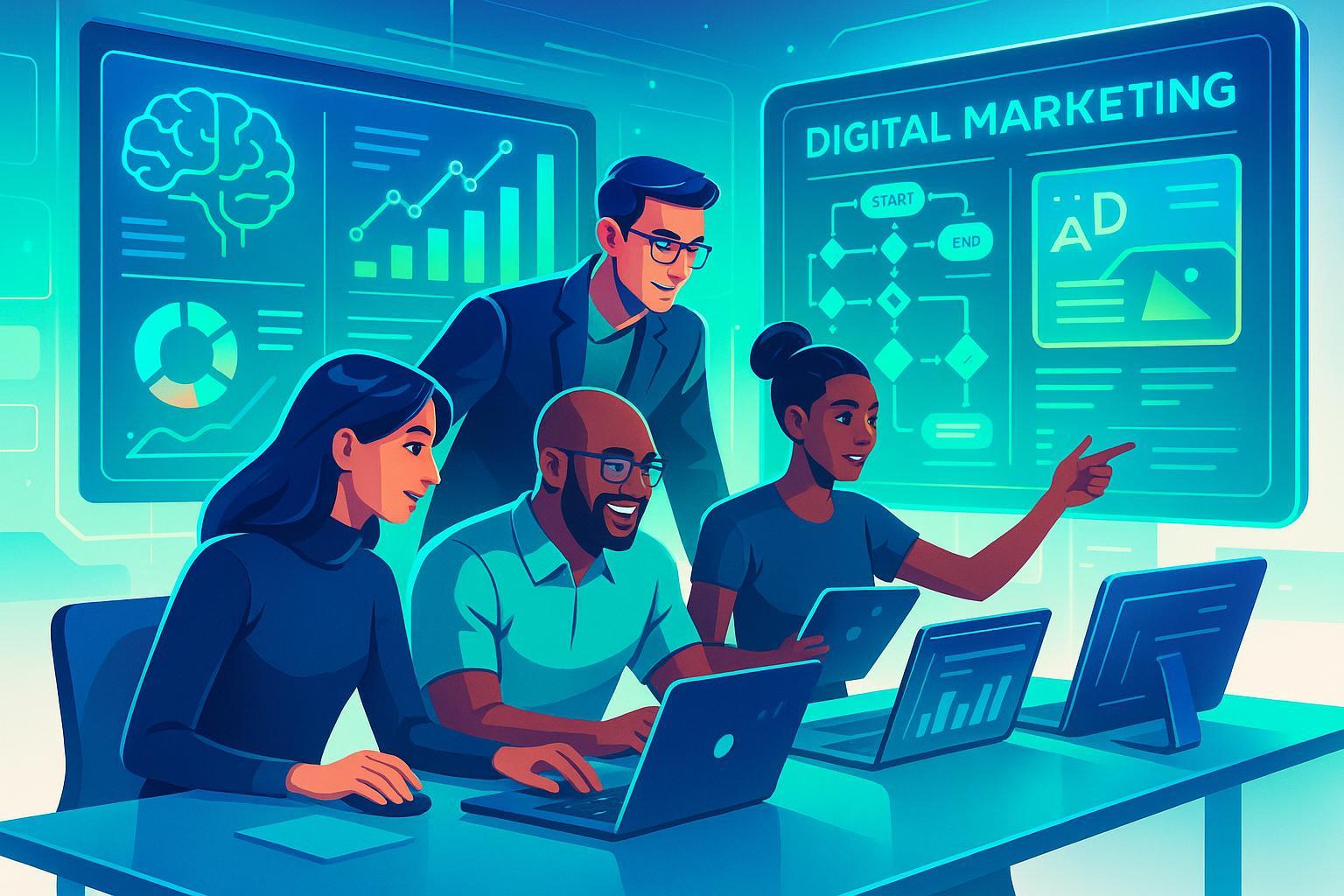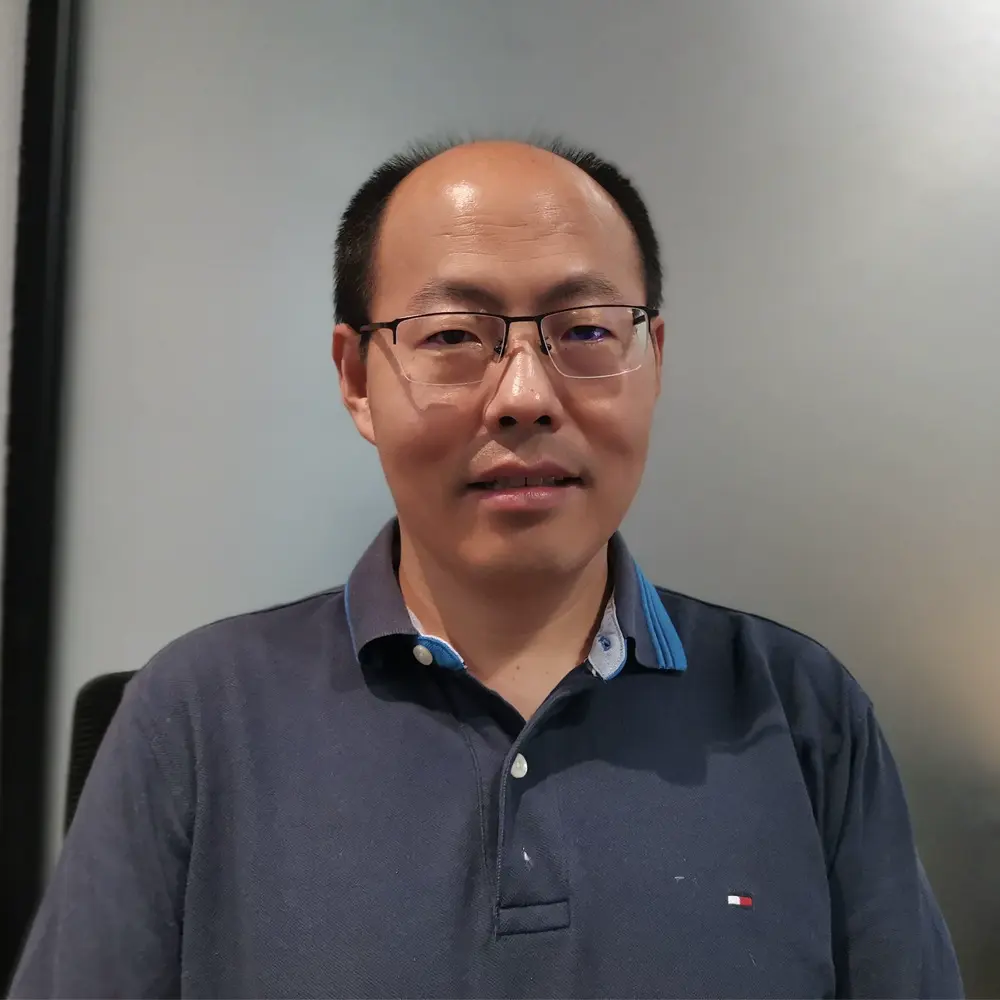The Future of Full Stack Digital Marketing: Trends to Watch in 2025

Just In: Full Stack Digital Marketing Enters a New Era in 2025
As we move into the second half of 2025, digital marketing is undergoing a profound transformation. Full stack marketing—the seamless integration of technology, data, creativity, and automation—is rapidly becoming the gold standard for organizations seeking competitive advantage. According to ContentGrip, a remarkable 88% of marketers now use AI in daily operations and automation is saving nearly half of professionals 1–5 hours each week. The fusion of low-code/no-code tools is democratizing campaign execution, while holistic, data-driven strategies reshape how teams collaborate and engage audiences (ContentGrip, 2025).
In today’s marketing ecosystem, it’s not just about mastering a channel or a single tool—it’s about orchestrating a tech-powered, creative, and data-rich stack to drive outcomes at speed and scale.
What Is “Full Stack Digital Marketing” in 2025?
Unlike its roots in software development, full stack marketing now signifies far more than technical prowess. In 2025, it’s defined by the blend of:
- Technical acumen (automation, AI, martech/no-code platforms)
- Creative expertise (content, design, omnichannel brand experiences)
- Data literacy (analytics, predictive modeling, CDPs)
- Process agility (cross-channel, integrated workflows)
Scott Brinker, VP at HubSpot, captures it perfectly: “Martech and adtech stacks are converging, demanding unified, cross-functional marketing teams. Mastery of integrated platforms and automations is key to future-proof organizations.” (StackAdapt, 2025)
Six Top Trends Defining Full Stack Marketing in 2025
1. AI Is Table Stakes—Not a Perk
- Market Penetration: 88% of marketers use AI daily (ContentGrip/Amra & Elma).
- Efficiency Gains: 83% say AI has increased task efficiency, and AI-driven analytics improve decision-making speed by 78% (ContentGrip, 2025).
- Personalization Impact: AI personalization engines can lift purchase frequency by 35% and order value by 21% (source unavailable).
2. Low-Code/No-Code Empowers Marketers
- Speed & Accessibility: Low-code tools cut development time by 60–90%. Adalo’s case: MVP apps built in 1 week, at 72% cost savings (Adalo official).
- Democratization: Non-technical marketers can now launch integrated campaigns without deep coding expertise (Statista, Red Hat).
3. Martech Stack Complexity Demands True Integration
- Tool Overload: 28.8% of US ad agencies run 6–7 tools regularly (StackAdapt, 2025).
- New Imperative: Cross-channel orchestration and breaking down data silos unlock real value.
4. From Point Solutions to Ecosystems
- Unified Workflows: The future belongs to marketing ecosystems—holistic, flexible, and collaborative.
- CMO Focus: 32.6% of CMOs now invest in customer data platforms for end-to-end journey mapping (Deloitte/AMA).
5. Skill Transformation: The Rise of the “Creative Technologist”
- Upskilling Required: Gartner and HubSpot both highlight the need for marketers to blend creative, technical, and analytical skill sets.
- McKinsey Predicts: By 2030, 30% of work hours could be automated, but up to 97 million new human-AI collaboration roles will surface (McKinsey).
6. Resilience Through Data-Driven Agility
- Budget Pressures: Marketing budgets fell 15% in 2024 and remain under scrutiny for 2025 (Gartner Hype Cycle).
- Efficiency Wins: Teams that centralize first-party data and automate insights consistently outperform siloed rivals.
Key Data Comparison: Full Stack Marketing by the Numbers
| Metric | 2023 Stat | 2025 Stat/Forecast | Source |
|---|---|---|---|
| AI Adoption (Marketers) | 59% | 88% | ContentGrip/Amra & Elma |
| Low-Code/No-Code Adoption | 35% | 60–70% | Statista/Red Hat/Dialoguetheory |
| Efficiency Gains from AI/Automation | 55% report time saved | 83% improved efficiency | ContentGrip |
| Martech Stack Complexity (6–7 tools) | 15% | 28.8% (US ad agencies) | StackAdapt |
| CMO Investment in CDPs | 22% | 32.6% | Deloitte/AMA, StackAdapt |
| Avg. Dev Cycle for MVP (no-code) | 4 weeks, $16k | 1 week, $4.5k | Adalo official, Kissflow |
How Teams Are Succeeding: Case Studies
- Adalo: Enabled marketers to launch MVP apps in a single week at $4,500 vs. $16,000 traditional dev cost; boosted campaign velocity and agility (Adalo case).
- Schneider Electric: Delivered 60+ enterprise marketing applications in 20 months via low-code—5 times faster than previous cycles (source unavailable).
- Counselora: Rapidly integrated 200+ resources with no-code, enabling holistic, personalized digital marketing solutions (Adalo).
What This Means for Marketers: Actionable Strategies for 2025
1. Evaluate Your Current “Stack”
- Audit your martech, creative, and analytics tools. Identify overlaps, integration gaps, and manual processes. Seek platforms that foster ecosystem thinking.
2. Invest in Upskilling for the Era of Integration
- Learn AI prompt engineering, automation workflows, and data storytelling. Blend creative and technical skills—become a “marketing technologist.”
- Explore no-code/low-code tools and participate in internal training sprints.
3. Break Down Silos—Centralize Data
- Adopt customer data platforms (CDPs) for unified audience insights. Promote collaboration across creative, analytics, and operations teams.
4. Focus on Full-Funnel, Omnichannel Execution
- Integrate strategy and execution across paid, organic, and owned channels. Use automation to support real-time, personalized campaigns.
5. Leverage Rapid Experimentation
- Use low-code solutions to test new ideas quickly. Iterate campaigns based on data, not guesswork.
Ready for the Full Stack Future?
2025 marks a turning point for digital marketing. Success now demands both depth (AI/data automation, technical skills) and breadth (creative vision, cross-channel orchestration). Those who blend these strengths—creatives mastering technology and technologists embracing creativity—will lead a new era of marketing resilience and innovation.
Stay ahead of the curve: Start upskilling, streamline your stack, and transform your team for holistic impact. The next generation of full stack builders are already shaping the future—will you join them?
For more insights and real-time updates on full stack marketing, bookmark this page. We’ll continue to track new data, expert commentary, and breakthrough case studies throughout the year.

